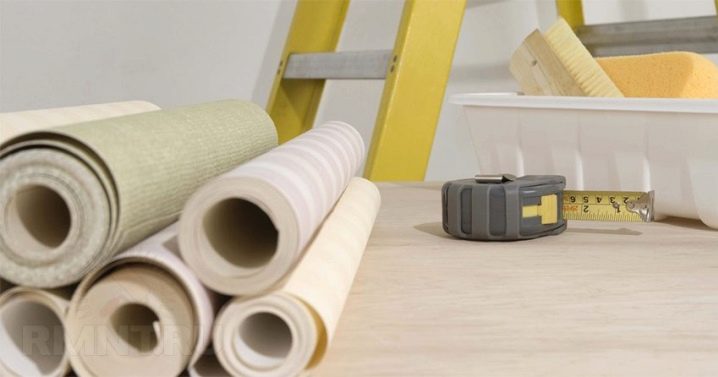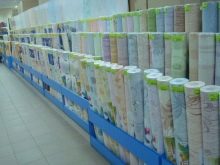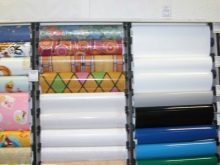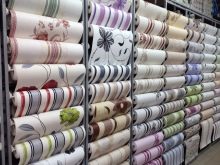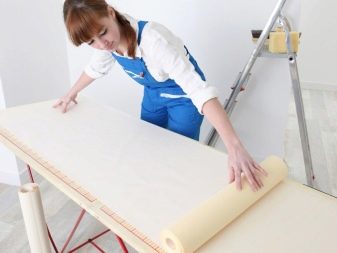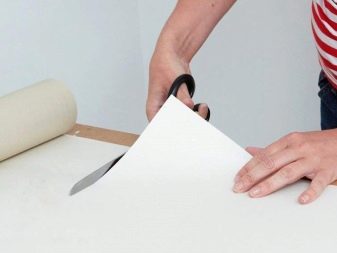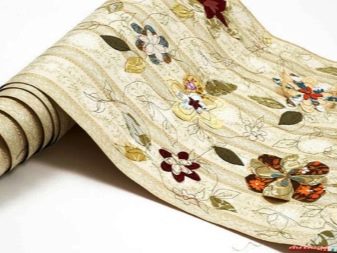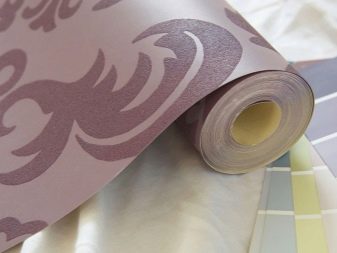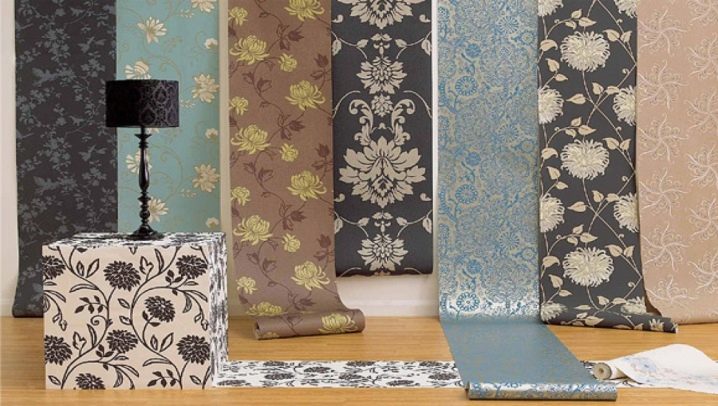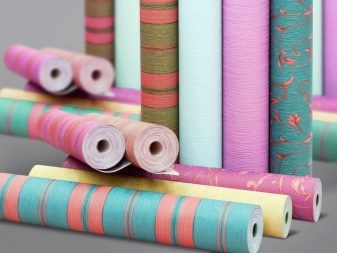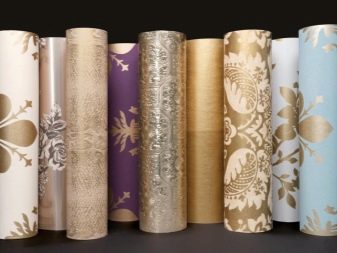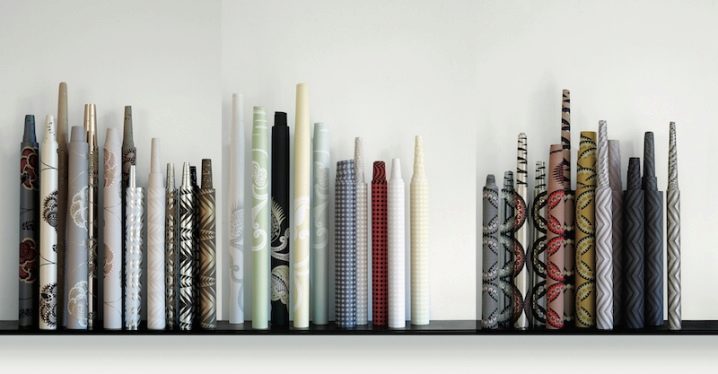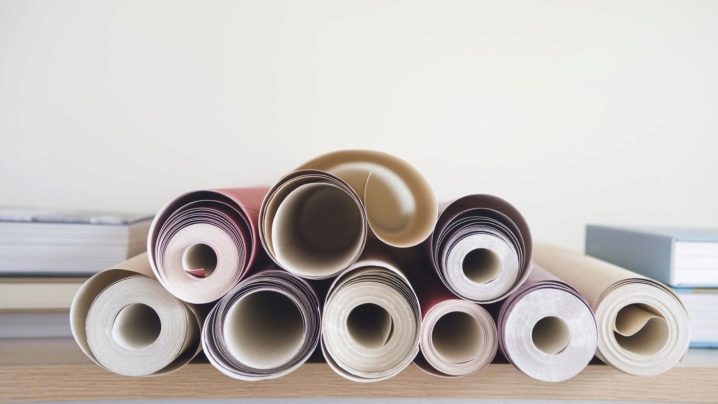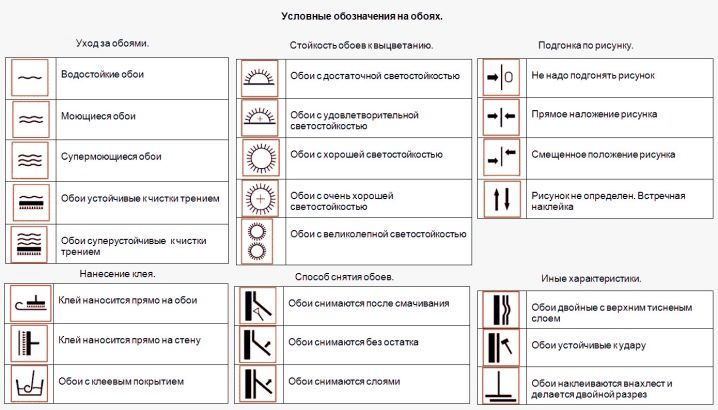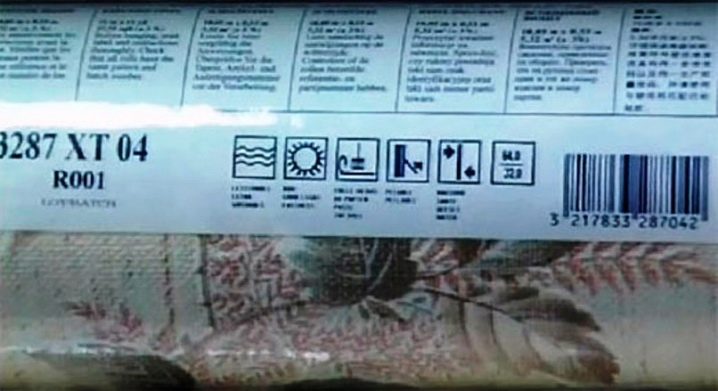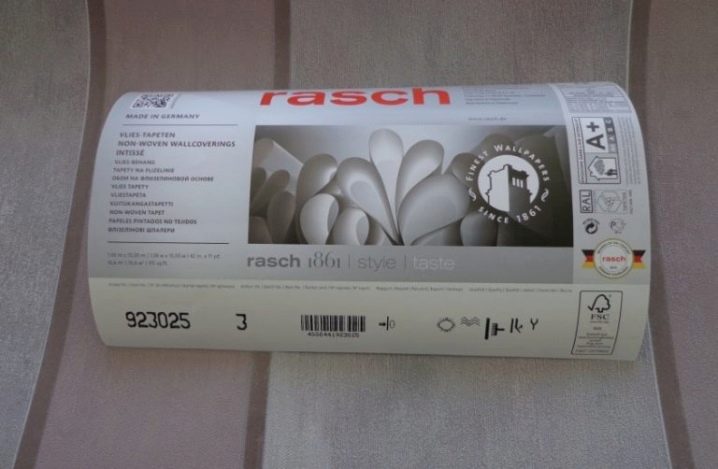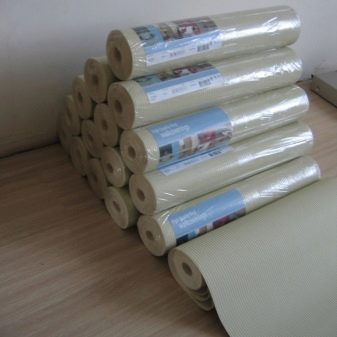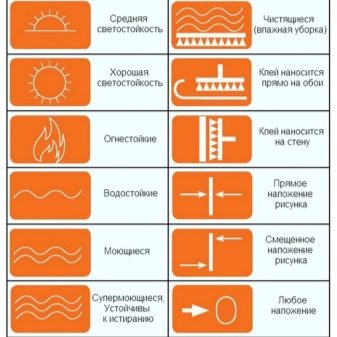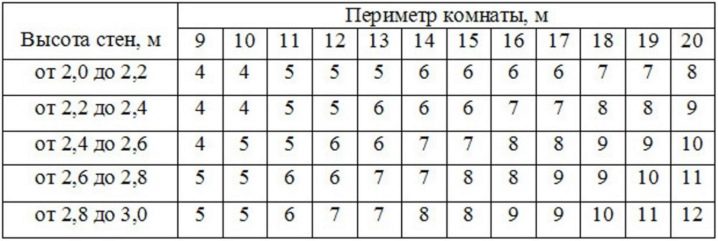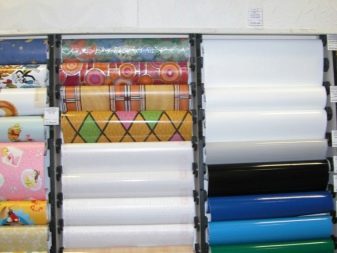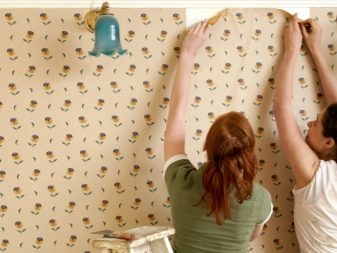How many meters per roll of wallpaper?
Wallpapers are a popular material for wall decoration. If you are going to do the repair, then you will definitely come across them. Before you buy, study in detail the data on the size of the rolls. This information will help you correctly calculate the required amount of material.
Standard sizes
Canvases are produced in rolls that look like large pipes. There are generally accepted dimensions of the rolls of wallpaper. This standard helps to calculate in advance the amount of material for decorating a room. The diameter of the pipe depends on the thickness of the wallpaper. Standard dimensions make up the main range of rolled wallpaper.
The most popular standard is a half-meter wallpaper. In fact, in one roll, the width of which is 53 cm, 10 meters of wallpaper (there is an error of 5%). In second place are the wallpaper width of 1 m, more precisely, 106 cm.It is convenient to use such cloths for walls without windows and doors.
Length
The length issue is pretty simple. There are several basic solutions and one of them chooses an acceptable option. The standard roll length is 10.05 m. Metric unit of vinyl wallpaper for painting with a standard width of 15 m. There are 25 linear meters in a large roll of canvas based on non-woven fabric.
Length is of particular importance. This parameter affects the roll area. To determine this characteristic, you can rely on the data of GOST.
Possible options:
- Wallpapers for walls 10 m in length cover approximately 5.3 square meters. m
- The combination of a length of 15 m with a standard width makes it possible to cover an area of 7.95 square meters.
- With the greatest length and the corresponding width of the roll will cover 25 squares.
Width
This indicator may vary, depending on the country of origin of the finishing material.
Standardized wallpaper widths:
- 50 cm (in fact 53 cm). Fabrics of such width are made at factories of the whole world. In everyday life, this parameter is called half-meter. The use of such narrow wallpaper is most convenient.
- 70 cm. This size is popular among European manufacturers.Not so long ago, such a width became popular in Russia.
- 1 m (in fact 1 m 6 cm). This option is exactly 2 times the most popular option. The use of such wallpaper can significantly reduce the time spent on repairs. It is found in the production of non-woven wallpaper, they are also called meter coating.
In Russia, only the first 2 options are considered standard sizes; therefore, domestic manufacturers produce products of such dimensions. Half-meter wallpaper can be made of any material. Decorative patterns and reliefs make them attractive to buyers.
Meter models are more often made of vinyl and complemented with a special non-woven substrate. A wide canvas will reduce the number of unattractive stitches on the wall. The substrate is designed specifically to facilitate sticking. It is not very convenient to use such wallpapers for finishing small spaces; you will have to face the complicated process of cutting rolls in length.
Weight
This indicator is very often interested in buyers. Weight affects the complexity of transportation - some items can be brought home by hand, for others you may need a car.If you order delivery through the postal service, then the cost may depend on the weight.
The weight of the roll of wallpaper is directly dependent on the density of the material.
There are 3 types:
- Ordinary paper wallpaper, which is quite easy to tear, have a low density. Each meter weighs about 40 g. A roll of 10 m will weigh 400 g.
- Sturdy paper or vinyl based wallpaper is twice as heavy. Such material can be torn, but you have to make an effort. A roll of 10 m will weigh about 800 g.
- The most difficult will be wallpaper on non-woven base or multi-layered vinyl. Breaking such material with your hands is almost impossible. Each meter weighs about 120 g. A roll of 10 m will weigh 1.2 kg.
It is important to understand that the weight of a roll of wallpaper depends on the density and moisture of the substrate. The material is made so that it can withstand its own weight and the weight of the adhesive composition with a length of a piece of 3-4 meters.
Designations on a roll
To determine the properties of your favorite finishing material is quite simple. Manufacturers made sure you get the information you need. On the package you will find special icons. These conventions answer basic questions. To understand them is simple.
Graphic images report:
About moisture resistance
- One wavy line indicates the water resistance of the wallpaper. They are suitable for gluing indoors with moderate humidity.
- Two strips - wallpaper can be washed. Preferably, a wet but not wet sponge should be used. Such wallpapers can be glued in a room with changeable humidity.
- Three lines flaunt the packaging of wallpaper that can be washed with a wet cloth. They will decorate the walls for a long time even in the bathroom.
- Another option is a wave with a brush. Such wallpaper is durable. They can be washed not just with water, but with detergents. A great option for a child's room. You can always easily remove the children's art from the wallpaper.
About light fastness
- Half of the sun reports that the wallpaper will not tolerate contact with the sun's rays, will quickly lose their decorative properties. They can be glued not in any room of the apartment.
- Half of the sun with a plus inside says that wallpaper can tolerate short-term contact with the sun. They will fade all the same, but very slowly.
- The image of the full sun speaks about high resistance to sunlight.With periodic exposure to ultraviolet wallpaper will not change their decorative qualities.
- Full sun with a plus inside means that the wallpaper will make even a long sun exposure without loss of decorative properties.
Method of sticking
- Water with a sponge indicates that the wallpaper already has a layer of glue, they just need to moisten.
- The image of the brush with the wall suggests that the adhesive composition should be applied only to the wall.
- A brush with a roll on the image indicates that it is necessary to cover not only the wall, but also the canvas with glue.
Pattern fits
- Arrow with zeros inform that it is not necessary to customize the picture.
- Two arrows at the same level inform the customer about the direct connection. This means that the elements of the picture are on the same level.
- The offset two arrows indicate that the docking takes place with a web shift of ½ rapport.
- A special label has the form of two horizontal arrows with opposite directions. This means reverse gluing. Every second canvas must be rotated 180 degrees.
Dismantling
- The drawing with the image of the wall, roll and brush indicates that you need to moisten the wallpaper before removing it from the wall. Wet cloths are completely removed from the surface.
- The image of the canvas, which completely departs from the wall, indicates that the wallpaper is removed in a dry state. After removing the wall, nothing remains.
- If on the image the wallpaper forks forks - only the top layer of wallpaper is removed. The second layer of wallpaper remains on the wall, you can glue a new coating on it.
These are the main groups of graphic symbols that are necessarily present on the package. Sometimes you can find symbols that report resistance to mechanical damage.
There may also be a special eco-label. She reports on the safety of the material.
How to calculate the quantity?
First of all, you need to make measurements. For this you need a tape measure. With its help, you can determine the perimeter of the room and the height of the ceilings.
Remember that you need to count the number of rolls with a margin. Many simply do not deduct doorways and windows from the total area.
The calculation is as follows:
- Divide the perimeter of the room by the width of the canvas. This will tell you how many wallpaper strips you will need.
- The length of the roll must be divided by the height of the wall. So you determine how many lanes you can get from one roll.
- In conclusion, it is necessary to count the number of rolls. To do this, simply divide the number of required strips by the number of pieces from one roll.
Be sure to consider the fit pattern. The greater the step between repeated images, the greater should be your stock. Remember that according to such instructions it is impossible to calculate the consumption of photo wallpaper. Some of the wallpaper in the instructions presented a special table, which easily helps to determine the consumption of material, depending on the area of the room.
What to consider when choosing?
Some tips:
- Before choosing, calculate the area of the room and decide how many sheets you will need. When calculating do not pay attention to the windows and doors, it will provide the necessary supply of wallpaper. Looking through the rolls of different lengths, immediately calculate how many lanes you get from one roll. Make sure you have enough material.
- Experienced experts advise buying two rolls more than what happened as a result of calculations. Such a reserve will give you the opportunity to carry out the work much bolder. Moreover, be sure to keep in mind that some types of wallpaper must be overlapped.
- When buying wallpaper, be sure to pay attention to the labeling on the rolls. So you will find the best option for the microclimate of the room. You will also learn the features of care for the canvases.
- Be sure to roll out the roll in the store to appreciate the entire picture. Ask the seller to show the pictures of the canvas on the walls to evaluate the visual effect. Read the material safety data sheet. Rate the smell of wallpaper. Perhaps the wallpaper will have unpleasant or even dangerous fumes.
- Conventionally, the top of the wallpaper where the edge. Also this moment is always marked on the roll. If the drawing does not have a pronounced direction, then you yourself can determine the upper and lower edges.
How to calculate the amount of wallpaper, see the following video.
